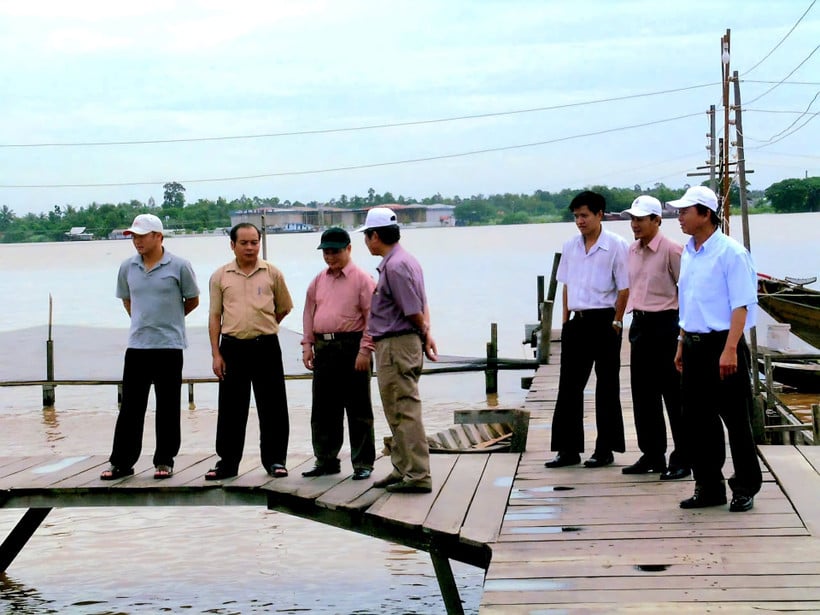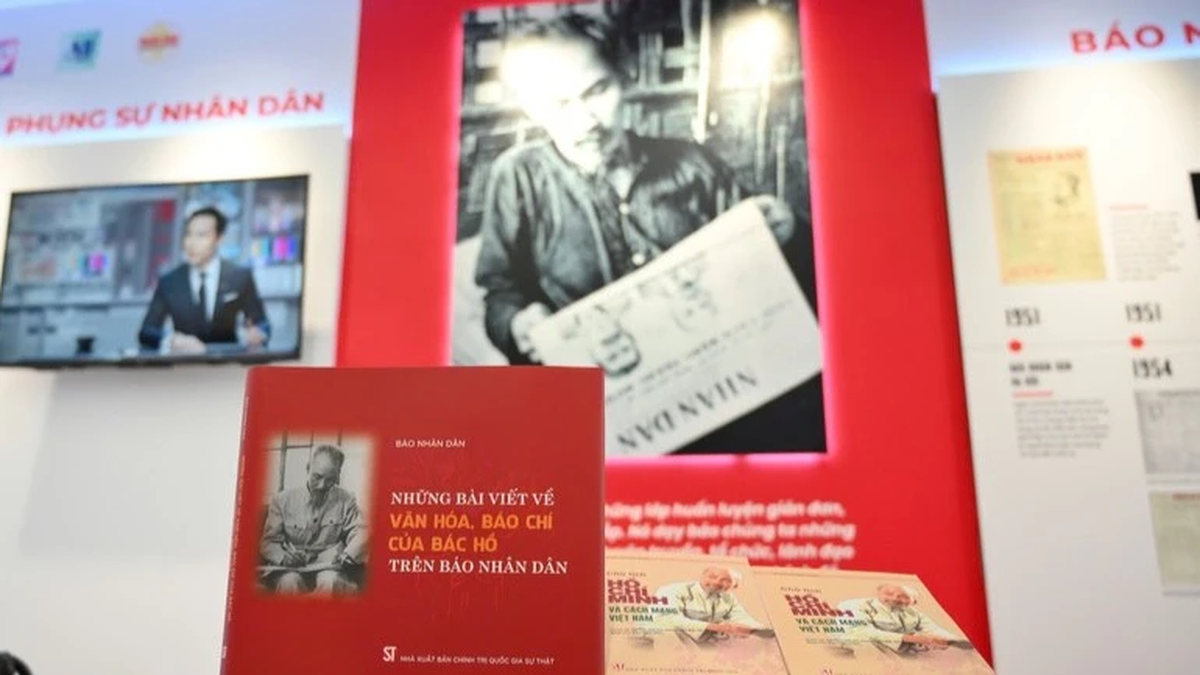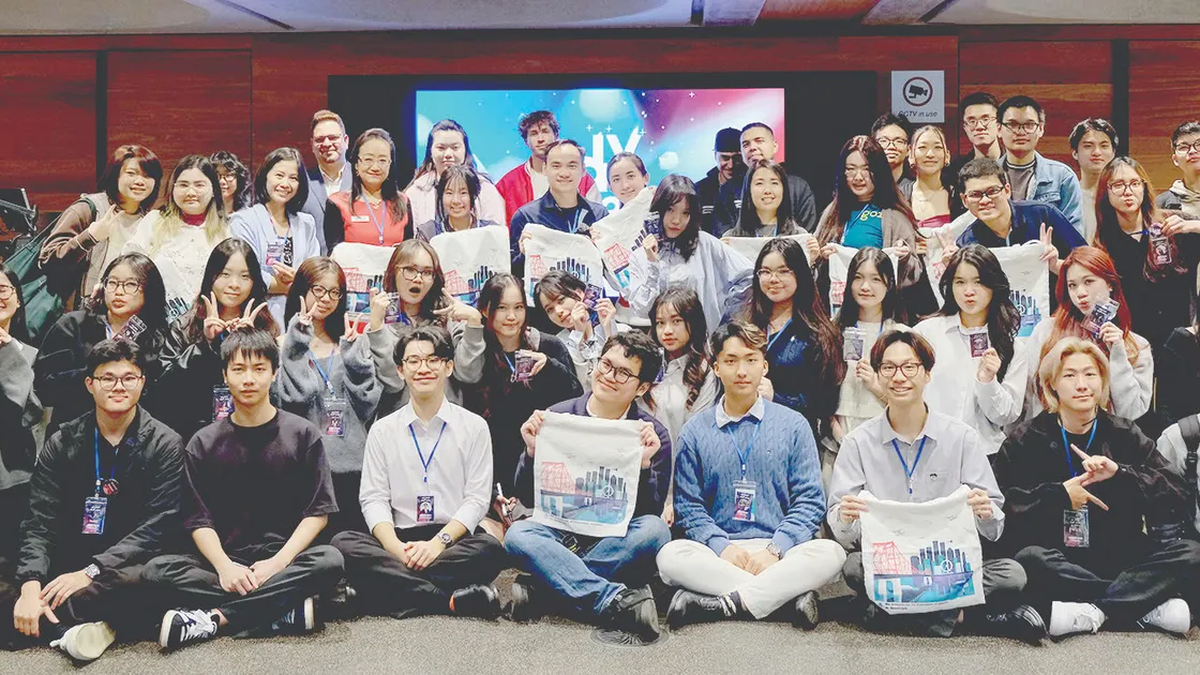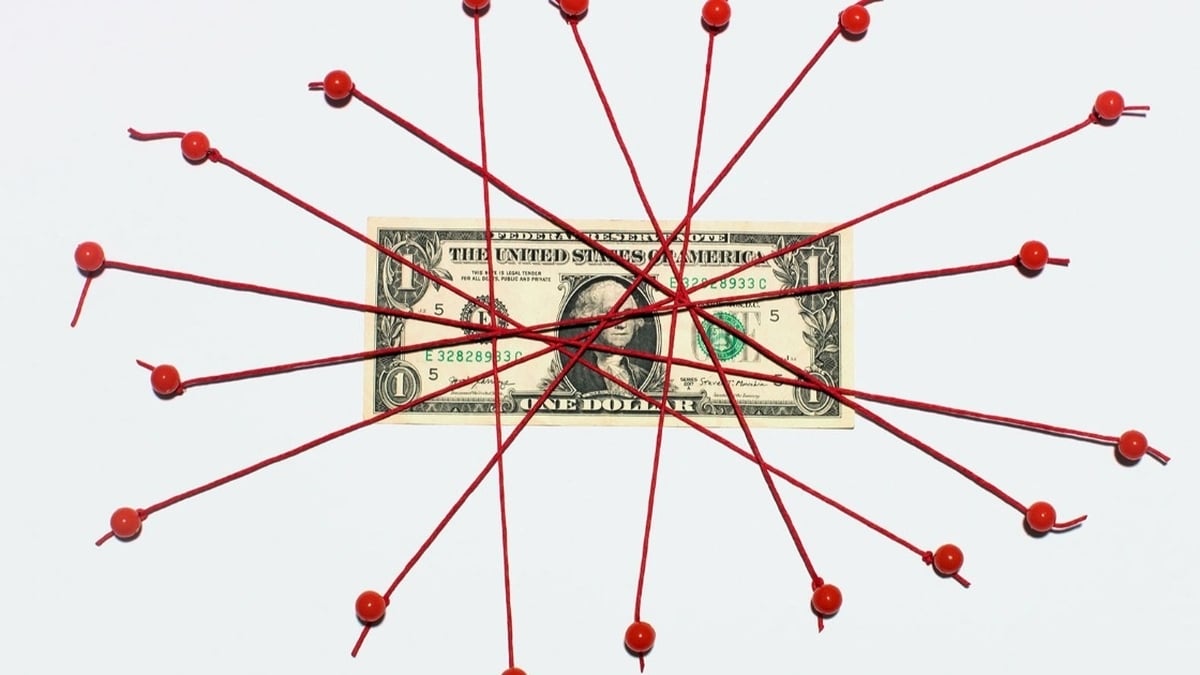
According to Professor, Doctor of Science Nguyen Dinh Duc, former Chairman of the Council of the University of Technology, National University, Resolution No. 57/NQ-TW brings four great opportunities to scientific research organizations.
Firstly, creating opportunities to promote restructuring and improve the efficiency of research activities towards linking with practice and the country's development needs; becoming a driving force to help research institutes strongly shift to applied research, linked with businesses, localities, industries and specific professions.
Second, create opportunities for public-private cooperation and international linkage in technology transfer according to the “three-party linkage” model: State-Scientist-Enterprise. This model is a strategic direction to connect research capacity with market demand and investment resources.
Third, contributing to promoting digital transformation in research, management and knowledge connection activities. Many research institutes have pioneered digital transformation by building shared databases, big data analysis systems, AI research simulation models, laboratory automation and implementing open research.
Fourth, create a boost to improve the quality of the research team and build a creative academic environment.
Immediately after the Resolution was issued, research organizations took specific actions to put the resolution into practice. The University of Technology, Vietnam National University, Hanoi has made important adjustments to suit the development trend and meet practical requirements, focusing on highly applicable research directions.
For example, core technology areas such as artificial intelligence (AI), data science, advanced materials, robotics, automation, high-tech agriculture, smart cities and transportation, information security, electronics, energy, chip-microchip design and semiconductors. These are high-tech areas with the potential to contribute to Vietnam's digital economy and Industry 4.0.
At the same time, research institutions in state agencies and the private sector have paid attention to developing products and solutions with high practicality and applicability. For example, the Electronic Information Portal for products, solutions of science, technology, innovation and digital transformation at https://nq57.mst.gov.vn has received many applications and solutions, and published hundreds of useful products, contributing to spreading and promoting science, technology and innovation into practice.
However, many potential fields have not yet been invested in research to promote advantages and take advantage of opportunities from Resolution No. 57-NQ/TW. Associate Professor, Dr. Dong Van Quyen, Deputy Director of the Institute of Biology, Vietnam Academy of Science and Technology said: “Vietnam has great advantages in biodiversity and indigenous microorganisms, but the application of microbiological technology to life is still limited. Some units have produced vaccines or during the recent Covid-19 pandemic, some units have created drugs to prevent and treat diseases, but compared to the scientific potential and available resources, the commercial value is still modest. Policies need to focus more on applicability, ensuring that scientific research does not stop in the laboratory but actually enters life”.
Policies need to focus more on application, ensuring that scientific research does not stop in the laboratory but actually enters life.
Associate Professor, Dr. Dong Van Quyen, Deputy Director of Institute of Biology, Vietnam Academy of Science and Technology
To realize the policies, it is necessary to strengthen the connection between “State-Scientists-Enterprises-Community” in science and technology activities. Research institutes, universities, and innovation centers need to become important links in the national innovation ecosystem.
Professor, Doctor of Science Nguyen Dinh Duc said: "Training institutions and research organizations need to clearly define their core roles to truly become creative centers, places that produce knowledge and transform knowledge into technology and products."
Mr. Nguyen Trung Chinh, Chairman of the Board of Directors, Executive Chairman of CMC Corporation proposed to establish the Hanoi Innovation Center, located in Hoa Lac High-Tech Park, following the public investment-private management model. This center will be a strategic hub connecting R&D resources, training human resources, transferring technology, forming incubators, organizing start-up activities, operating technology exchanges and creating an open space, promoting "Make in Vietnam" products from ideas to commercialization. CMC Corporation affirmed its readiness to coordinate with Hanoi University of Science and Technology and the Hoa Lac High-Tech Park Management Board to deploy this pilot model as a demonstration of the feasibility of the "three-house" linkage model.
Some scientists point out the reasons why the contribution of science and technology to socio-economic development is still limited: Research topics are built with a short implementation time (2-3 years), not enough to solve fundamental or strategic scientific-technological problems; lack of medium and long-term funding mechanisms, making it difficult for research groups to pursue sustainable directions, capable of creating real technological breakthroughs; and lack of effective transfer programs.
Source: https://nhandan.vn/co-hoi-vangcho-cac-to-chuc-nghyen-cuu-khoa-hoc-post898277.html


































































































Comment (0)